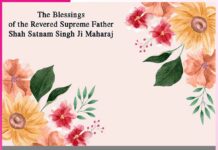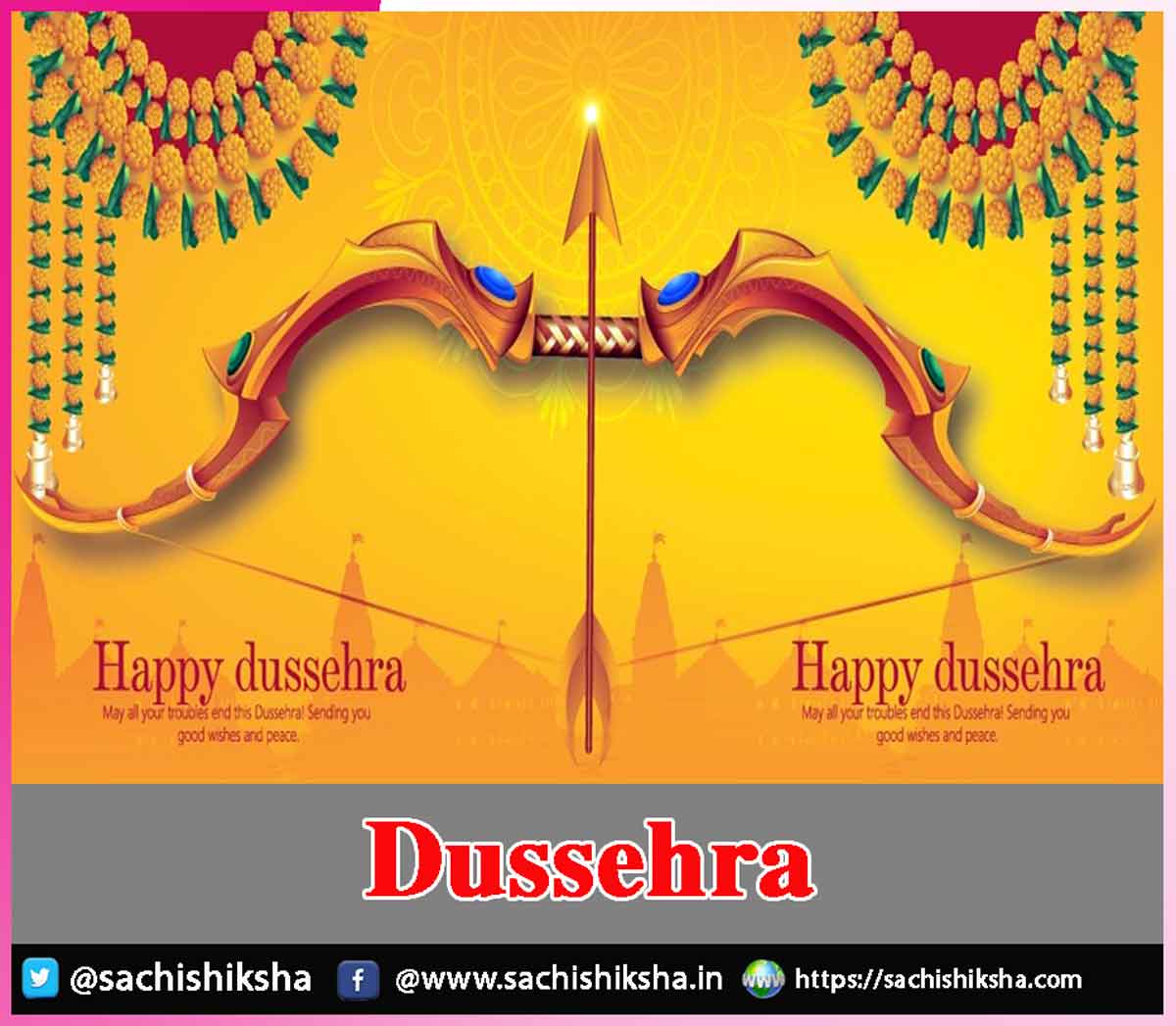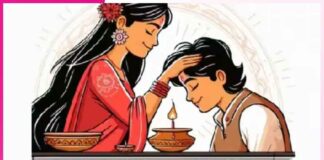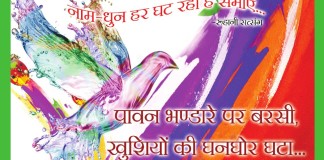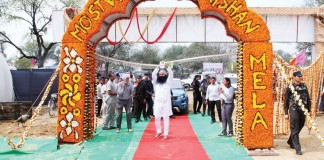Dussehra (Vijayadashami)
Introduction: India is a land of festivals, where every celebration carries deep cultural, historical, and spiritual significance. The word “Dussehra” comes from two Sanskrit words: “Dasha” meaning ten, and “Hara” meaning defeat. It signifies the defeat of the ten-headed demon king Ravana by Lord Rama. In some parts of India, Dussehra is also called Vijayadashami, meaning “the victorious tenth day.”
Table of Contents
Importance of Dussehra
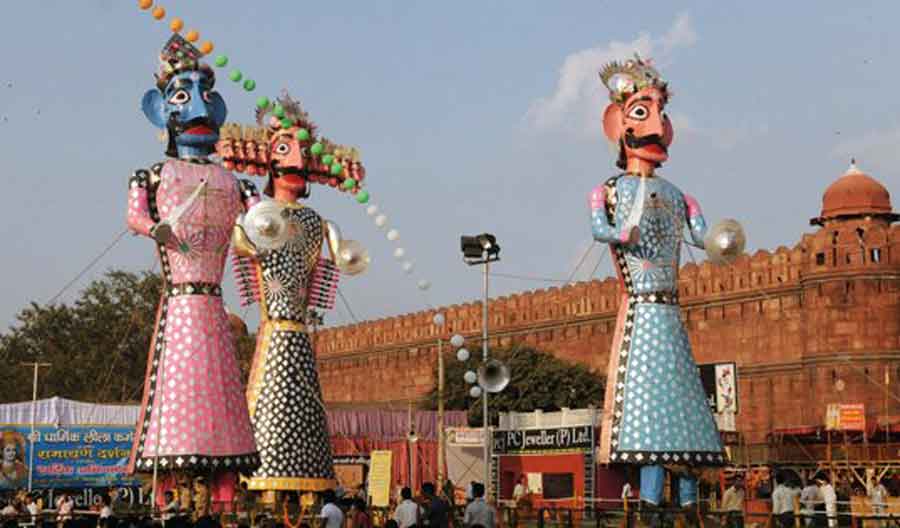
The Story of Lord Rama and Ravana
The most popular legend comes from the epic Ramayana. According to the story, Lord Rama, the seventh avatar of Lord Vishnu, went to Lanka to rescue His wife, Sita, who had been abducted by the demon king Ravana. After a fierce battle, Rama killed Ravana on the tenth day of the war, symbolizing the victory of good over evil.
The Pandava’s’ Return
In some parts of India, Dussehra also relates to the epic Mahabharata. The Pandavas, who had been in exile, hid their weapons in a Shami tree before leaving. On Vijayadashami, they retrieved their weapons and worshiped the tree, marking their return to power.
Ramlila and Ravana Effigies
In cities like Delhi, Varanasi, and Lucknow, the story of Rama is performed in the form of a dramatic play called Ramlila. On Dussehra evening, huge effigies of Ravana, his brother Kumbhakarna, and his son Meghnath are burned, accompanied by fireworks and cheers. This act symbolizes the destruction of evil and the victory of good.
Mysore Dusshera
The city of Mysore in Karnataka hosts one of the most famous Dussehra celebrations in India. The Mysore Palace is illuminated with thousands of lights, and a grand procession featuring decorated elephants, musicians, and dancers parades through the streets. This celebration has royal charm and draws visitors from across the country and abroad.
Dussehra is not just about rituals; it plays an important role in bringing communities together. Families and friends gather to watch Ramlila performances, participate in processions, and enjoy festive foods. The festival promotes unity, cultural heritage, and shared moral values.
The burning of Ravana’s effigies is seen as a symbolic act of burning one’s inner negativity—like anger, jealousy, and pride. It reminds people to reflect on their actions and make efforts to become better human beings.
Lessons From Dussehra
- Truth always prevails—even when evil seems strong, goodness ultimately wins.
- Courage and righteousness matter—standing up against wrong is essential.
- Self-reflection is important—we must destroy the “ten heads” of negativity within ourselves.
Conclusion
Dussehra is a festival that celebrates far more than just mythology. It is a powerful reminder of moral strength, hope, and the enduring belief that good always triumphs over evil. It teaches us to fight the darkness in the world and within ourselves, making life brighter and more meaningful.









